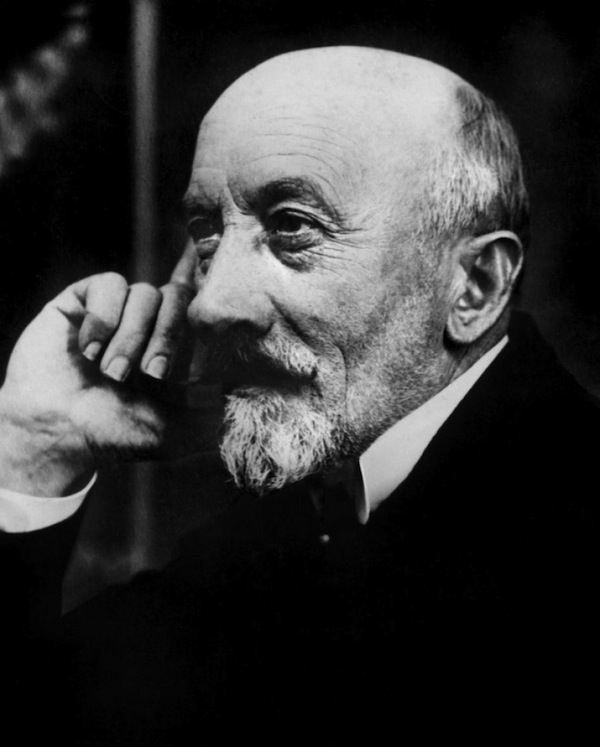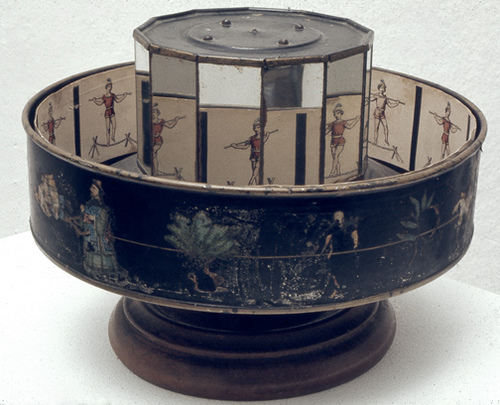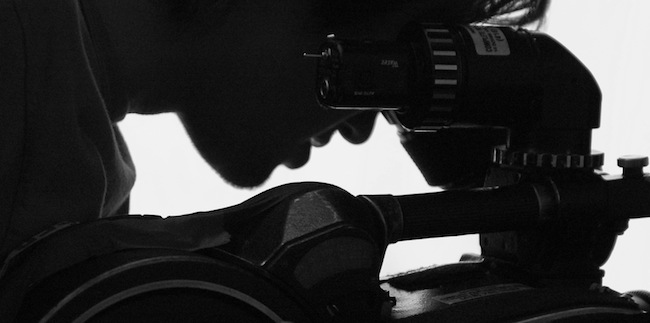The next stop in the development of animation was the phenakistiscope (Greek for ‘deceptive view’). It was invented in 1830 simultaneously by Joseph Plateau in Belgium and Simon Stampfer in Austria. This toy had a disc carrying a series of images set in a ring around the circumference, with small slits between the images. When a rod was placed through the Centre of the disc, and it was spun in front of a mirror, a person looking through the slits from the back of the disc would see a moving image reflected in the mirror. The images used could either be abstract patterns or performers such as jugglers or acrobats.
Because the phenakistiscope was quite complicated to use, and could only be watched by one person at once, it was adapted to form a new kind of toy, The zoetrope.

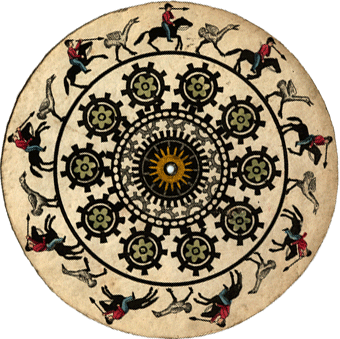
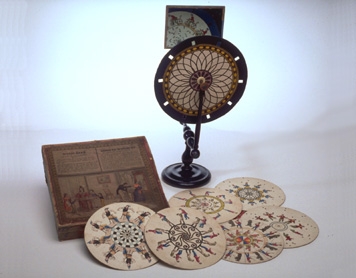
![The Man With The Flower in His Mouth – the world’s first television play [video]](https://gaukantiques.com/wp-content/uploads/2013/03/pirandello.jpg)
